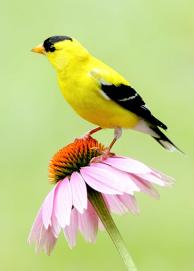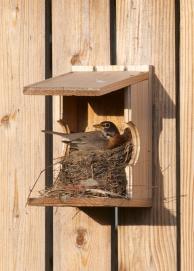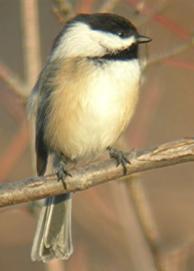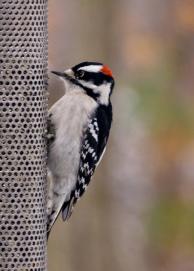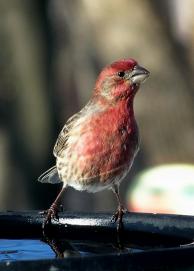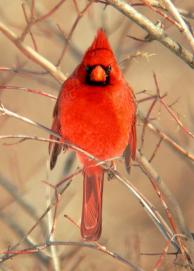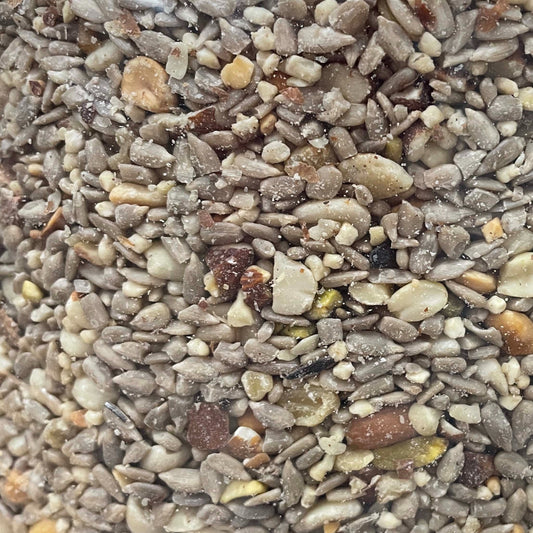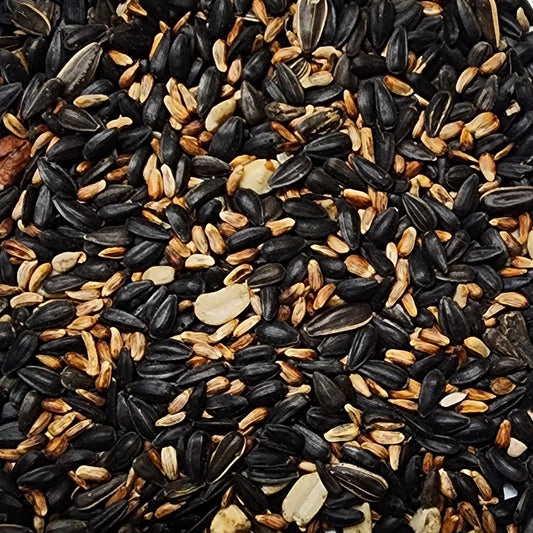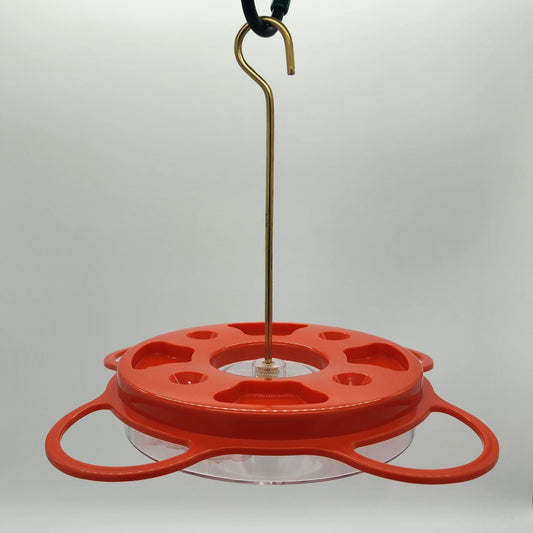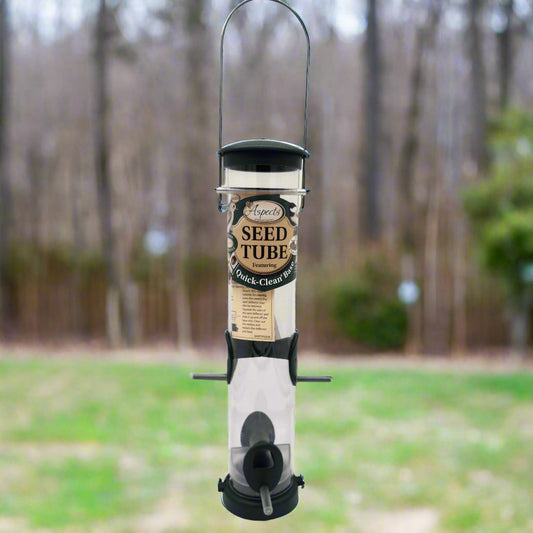 One of the early birds to catch my attention when I first started birding was the Yellow-billed Cuckoo (Coccyzus americanus) . One of the first bird songs I learned to recognize, it is strangly unique and nothing like any sound I had ever heard coming from a clock.
One of the early birds to catch my attention when I first started birding was the Yellow-billed Cuckoo (Coccyzus americanus) . One of the first bird songs I learned to recognize, it is strangly unique and nothing like any sound I had ever heard coming from a clock.
Locals in North Carolina called them Rain Crows. “If you hear one calling it means we are going to get rain soon”. If only that were true. To me they sound like something you would expect to hear in a jungle.
Cuckoos are an incredibly unique group of birds that can be found across the planet. Some are quite large and fill many niches in nature. Most find it interest- ing that roadrunners are ground cuckoos.
Yellow-billed Cuckoos are well known for their ability to eat the Tent Caterpillars (web worms)that are seen in the late summer. These birds have learned to roll these hair covered caterpillar so that they can swallow them. They also love the loud Cicadas that are droaning away rignt now.
One of the most fascinating things about yellow-billeds is how fast their young develope. While most of our songbirds are able to leave the nest 12 to 16 days after hatching, young cuckoos may be wandering out on limbs just in 7 days. It is about that time that their flight feathers burst from their “pins” and grow incredibly fast. Studies show that feather growth only takes about two hours once they start to grow. Wow! From laying eggs to fledging can be as short as 17 days.
Look for these long-tailed, long-billed birds running along tree limbs or dashing between trees along forest edges from early May through September. The thinning leaves in late summer make spotting their white belly easier. Look for the rufous in their wings when they fly.

